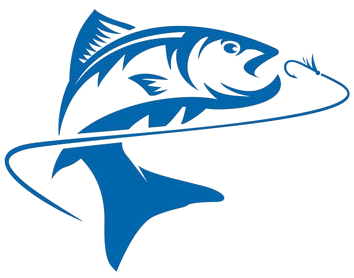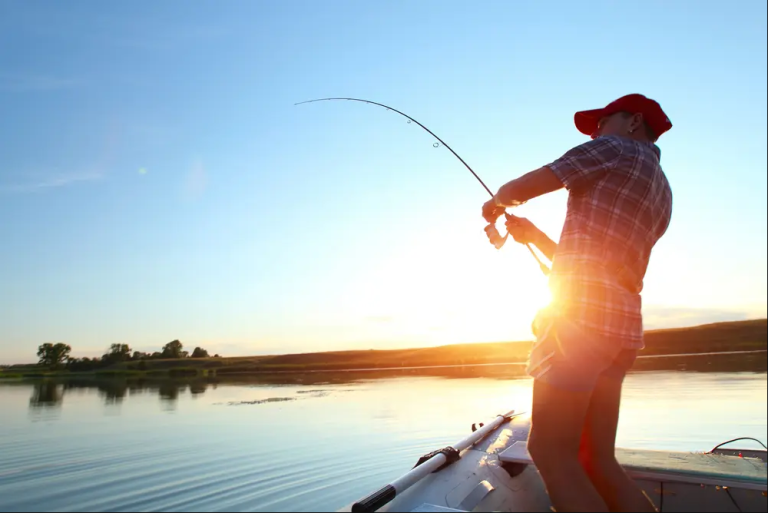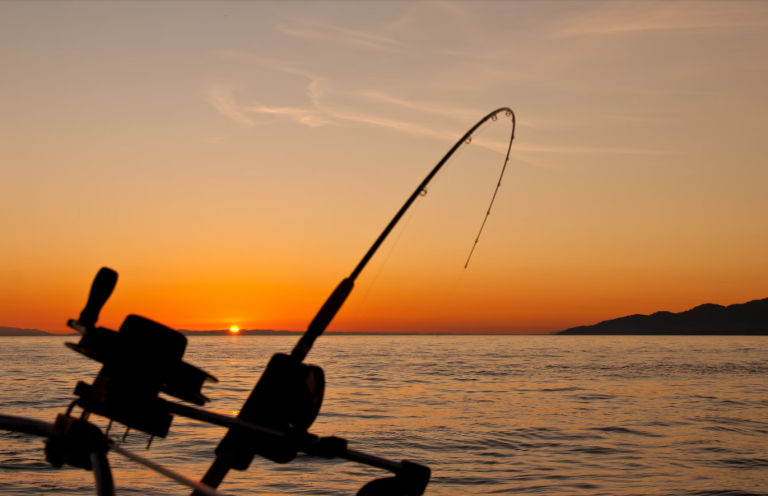10 Important Pieces of Fishing Equipment and Their Uses
Fishing is one of the most relaxing and rewarding outdoor activities. Whether you’re casting off from a quiet stream, boating on a tranquil lake, or braving the ocean waves, having the right equipment can make all the difference. From rods and reels to tackle boxes and hooks, knowing what each piece of gear is for is crucial for both beginners and experienced anglers.
Here’s a rundown of 10 essential pieces of fishing equipment and their uses:
1. Fishing Rod
The fishing rod is the backbone of your fishing setup. It serves as the tool that holds your fishing line and helps you cast your bait into the water. Fishing rods come in various lengths, materials (like fiberglass, graphite, or composite), and actions (light, medium, or heavy) depending on the type of fish you’re targeting and the environment you’re fishing in. Lighter rods are great for smaller fish, while heavier rods are ideal for larger species like bass or trout.
2. Fishing Reel
The reel is mounted on the fishing rod and is responsible for storing and releasing the fishing line. There are different types of fishing reels, with the two most common being spinning reels and baitcasting reels. Spinning reels are easier to use and great for beginners, while baitcasting reels offer more control and accuracy for experienced anglers. A good reel helps you manage your line efficiently and reel in your catch smoothly.
3. Fishing Line
Your fishing line is the connection between you and the fish. It’s important to choose the right fishing line based on the type of fishing you plan to do. Monofilament line is versatile and affordable, offering flexibility and stretch, while braided line is stronger and thinner, making it ideal for deep water or when fishing in areas with heavy cover. Fluorocarbon line, which is nearly invisible underwater, is often used in clear water conditions.
4. Hooks
Hooks are one of the most important parts of your fishing tackle. They come in various sizes, shapes, and styles, each suited for different types of bait and fish species. The hook you choose will depend on what you’re fishing for—larger hooks for big game fish, and smaller hooks for baiting panfish like perch or sunfish. It’s also important to consider the hook’s material, as corrosion-resistant hooks will last longer in saltwater environments.
5. Bait (Live or Artificial)
Bait is the secret to enticing fish to bite. You can use live bait such as worms, minnows, or insects, or you can opt for artificial lures that mimic the appearance and movement of fish prey. Artificial baits, like jigs, spoons, or soft plastics, come in a wide range of shapes and colors, and are designed to attract fish based on their sensory instincts. The choice of bait largely depends on the species you’re targeting, the water conditions, and your fishing method.
6. Tackle Box
A tackle box is essential for organizing and storing all of your fishing gear. It helps keep everything in one place, making it easier to find hooks, lures, weights, and other tools when you’re on the water. Tackle boxes come in a variety of sizes and compartments to accommodate different types of gear, and they’re designed to keep things organized so that you can focus on fishing rather than rummaging through a messy bag.
7. Fishing Sinkers/Weights
Sinkers, or weights, are used to keep your bait at a specific depth in the water. Depending on the type of fishing you’re doing, you may need to use a weight to sink your bait or lure. For instance, when fishing in deeper waters, a heavier sinker helps your bait sink to the right depth. Sinkers come in various shapes, including round, split-shot, or egg-shaped, each designed for different fishing techniques.
8. Fishing Bobbers (Floats)
A fishing bobber, or float, helps keep your bait suspended in the water at a certain depth and alerts you when a fish bites. Bobbers are especially useful for beginners, as they make it easy to detect a fish’s interest. They float on the surface of the water, and when a fish takes the bait, the bobber will dip below the water’s surface, signaling that it’s time to reel in your catch.
9. Fishing Pliers
Fishing pliers are a must-have for anglers who need to remove hooks, cut fishing line, or crimp split-shot sinkers onto the line. They are typically made of stainless steel for durability and corrosion resistance. Some pliers also feature a built-in wire cutter and split-ring opener, making them a versatile tool that saves time and frustration when dealing with hooks and tackle.
10. Landing Net
A landing net is essential for safely bringing your catch out of the water. It helps minimize stress on the fish and reduces the risk of losing your catch at the last second. Landing nets come in different shapes and sizes, with the most common type being a rubber or mesh net that prevents hooks from getting caught. A net also helps protect the fish’s scales and slime, which are important for their health and survival if you plan on releasing them.
Bonus Gear: Fishing Clothing and Accessories
While not strictly “fishing tools,” certain clothing and accessories can greatly enhance your fishing experience. Think sunscreen, polarized sunglasses (which help reduce glare and improve visibility in the water), and comfortable clothing like moisture-wicking shirts and hats for sun protection.
Conclusion
Having the right fishing equipment can make your trip more enjoyable, productive, and rewarding. Whether you’re fishing from the shore, a boat, or an offshore location, each piece of gear plays a crucial role in making sure you get the most out of your time on the water. By understanding the purpose and function of each tool, you can fine-tune your setup for the best fishing experience possible.
Happy fishing!




Hi, this is a comment.
To get started with moderating, editing, and deleting comments, please visit the Comments screen in the dashboard.
Commenter avatars come from Gravatar.